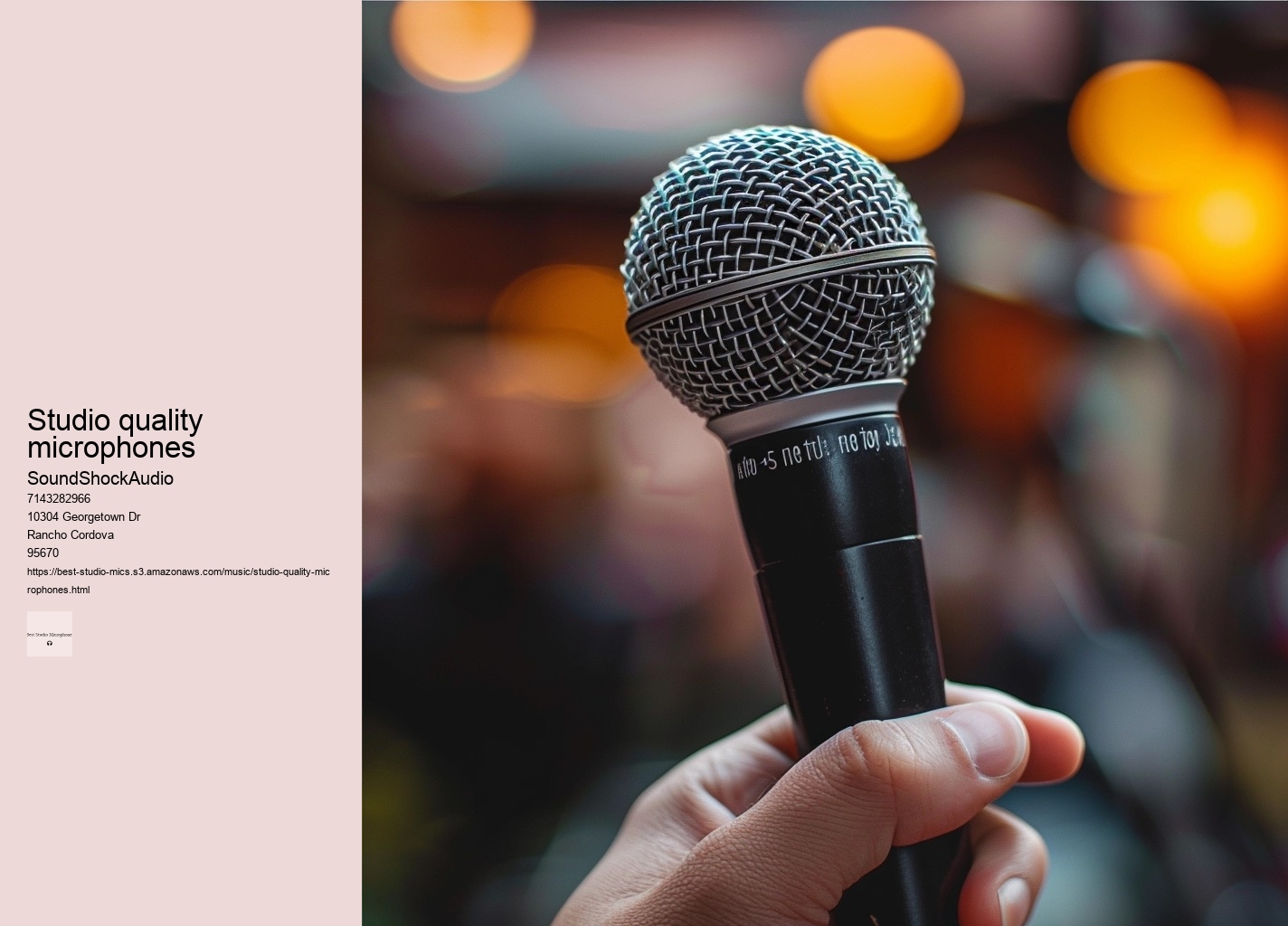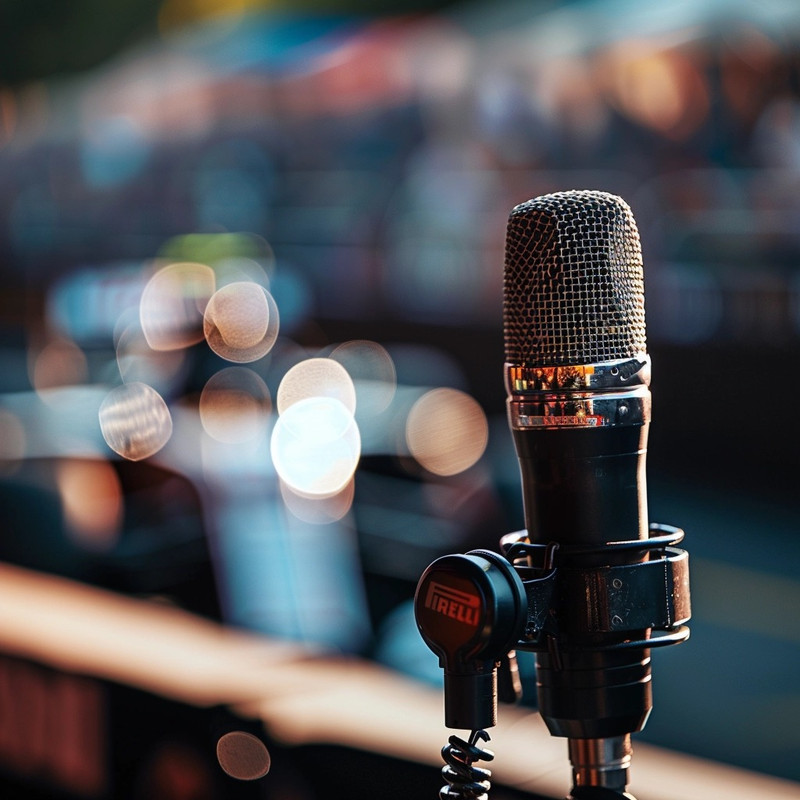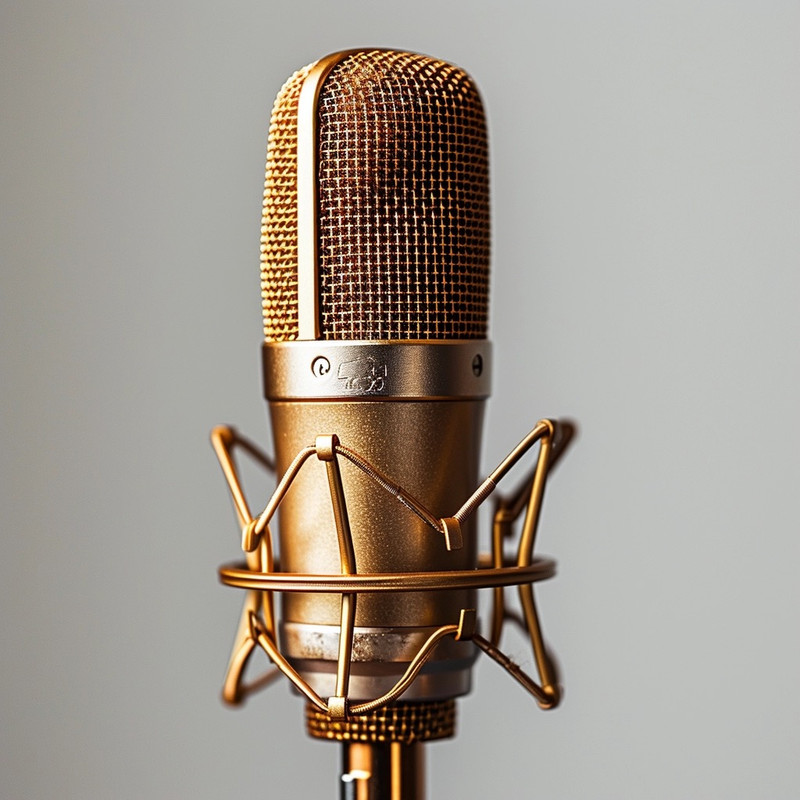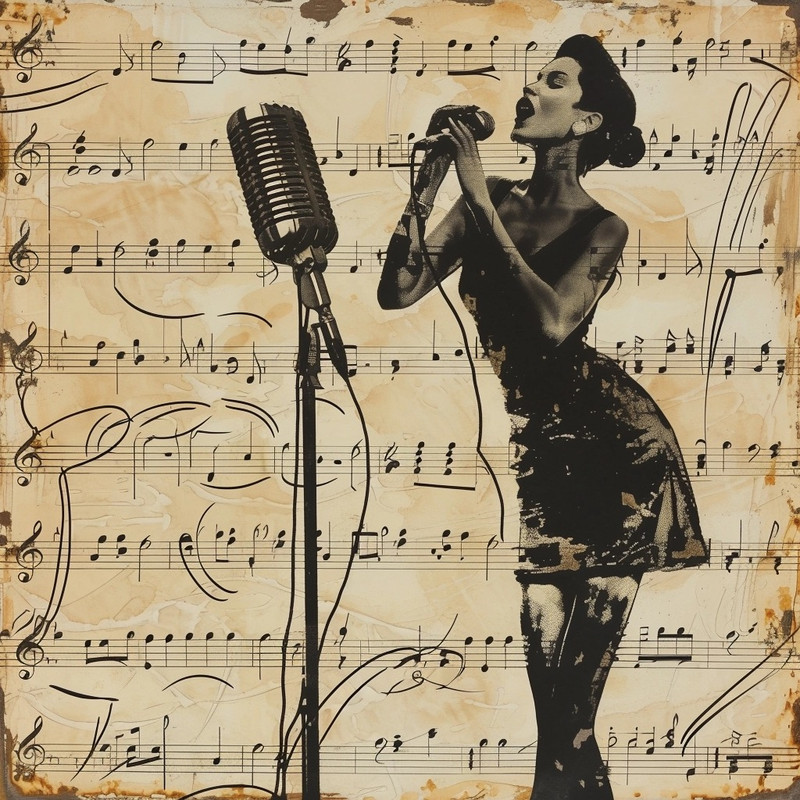

The speaker cone and mic diaphragm are basically doing the same thing, but in reverse. To find out which microphone to buy, check out the best studio microphones on SoundShockAudio.. They excel at capturing loud sources without distortion, which is why they are often the favorites for recording instruments like drums and electric guitars. Renowned for its sensitivity and wide frequency response, such a mic can articulate the subtlest inflections, breathing life into every lyric.
Some microphones can capture a wide range of sounds, while others specialize in specific instruments or sounds. Preamps serve as the initial amplifiers of the delicate signals produced by microphones, providing the necessary gain while striving to maintain transparency.
The quest for the best studio microphone can feel like an odyssey amidst a sea of specs, brands, and advice. For vocalists, clarity and warmth are paramount.
While many aspects contribute to capturing crystal-clear sound, the choice of a studio microphone is undoubtedly foundational. But if we were to choose the least likely option every six words, we might instead suggest an obscure or less suitable microphone for studio-quality sound capture.
You can use it for toms, but you will need stands. This characteristic profoundly influences the sound character, shaping how different frequencies are accentuated or diminished. It shines when capturing acoustic instruments due to its detailed sound reproduction but may falter with high SPL sources unless handled carefully.
Learn more about the Blue Yeti mic and other microphones from this manufacturer by reading our review. The design of the RCA 44 mics from 1952 remains largely unchanged.
Mics with this polar pattern will be the least susceptible to feedback. For musicians and vocalists, superior audio capture is non-negotiable.
It employs tools such as reflection filters or isolation booths to erect barriers against unwanted auditory intruders. This mic does not have noise cancellation.
Ribbon microphones often rise to this occasion with their legendary transient response and natural tonality. The MOTIV app is a great addition to the MV7, allowing you to select specific vocal presets for a professional sound. To ensure pristine audio quality, incorporating acoustic panels, bass traps, and diffusers is essential.
This can be advantageous when the goal is to record an authentic representation of an acoustic space or gather ambient noise along with primary sources. What is the best microphone for vocal recording?
While budget microphones might offer short-term savings, their longevity and consistency often fall short. Continue to use this website and you consent.
These mics are adept at capturing a wide frequency range with a flattering presence boost that breathes life into vocals and acoustic instruments alike. Bass traps in corners tackle low-frequency build-up, which can otherwise muddle your recordings with boomy or muddy characteristics.


They take the low-level output from microphones and boost it to a line-level signal, which is necessary for further processing. Our tests have shown that this mic can be used with many different preamps, without needing to increase the gain to levels that cause noise. You'll sound great if you put your laughing gear up close to the baby.
The RE20's frequency response is consistent up to 180 degrees off-axis. Unlike their cardioid counterparts, they do not discriminate between sounds based on directionality. harmonic
You should make sure that you can control the level of noise in your studio before you use these microphones. Hybrid models exist that offer both USB and XLR outputs, providing users with the ability to switch between simplified digital connections for quick projects and more complex analog setups when maximum control over sound quality is desired.
They are more sensitive than dynamic microphones and can capture a clear, detailed voice in recordings. WAVETOOL can assist.
Location recording introduces another theater of operation where durability wrestles with audio fidelity. Vintage units can be used to add instant vibes to tracks. These "studio staples", which are the foundation of any microphone locker, are also found in professional studios around the world.
Invest wisely in distinguished equipment that will not only fulfill your immediate needs but also support your growth as an audiophile or professional recorder—the fruits of such investment will undoubtedly resonate through every note captured by your chosen microphone.- Emphasizing the long-term benefits of choosing the right microphoneSelecting the ideal microphone for studio-quality recordings is like choosing an artist's finest brush or a chef's most prized knife. A large-diaphragm condenser microphone typically becomes the go-to choice due to its sensitivity and ability to capture the full range of human voice nuances.
But if you prioritize simplicity or are constrained by budget or space, USB mics present an attractive alternative. The MV7 has a number of neat tricks that make recording as easy and enjoyable as possible.
Sharing insights with fellow audio enthusiasts can also broaden your horizon and introduce you to methods you hadn’t considered before. The Variable-D is what Electro-Voice refers to as a perforated tube placed behind the diaphragm.

A 44 might be the answer if your song or session demands the best in natural sound and vintage vibe. This is a great investment for anyone who wants to upgrade their gear and bring their tracks up to the next level. In our frequently asked questions section, we answer the most common questions about studio microphones used for recording vocals.
The cardioid pattern is akin to a focused beam of light, illuminating only what stands directly before it while shrouding peripheral noise in soft shadows. Rode NTK includes accessories such as a power supply and shock mount.
You'll sound like you, but better. The best microphones boast a flat or neutral frequency response for versatile applications, ensuring accurate reproduction without coloration.
This guide is broken down into bite-sized pieces based on what you're recording. Meanwhile, drum kits demand a multi-mic strategy: overhead condensers grasp cymbal shimmer and room ambience, snare-specific dynamics focus on crackling backbeats, and kick drum mics harness low-end punch.
Tasked with converting analog waves into digital bytes, these devices are pivotal for preserving the nuance and texture of performances. They feel solid, and while there is a slight proximity effect it's not overpowering. Finally, Earthworks' QTC series offers ultra-flat frequency response microphones ideal for capturing natural room acoustics or as overheads in drum setups where uncolored reproduction is desired.
This dynamic powerhouse is lauded for its remarkable ability to reject ambient noise while capturing rich vocal timbres, making it a favorite among podcasters and vocalists who demand broadcast-quality sound without the intrusion of extraneous sounds. This makes it a highly versatile, high-value mic that will work for a wide range of applications.
A proximate position may yield a rich, robust timbre, while an extended separation might engender a more attenuated and ambient tonality. Directional mics such as cardioid or shotgun microphones are designed to pick up sound from specific directions while rejecting noise from others—ideal for isolating desired audio sources amidst potential background disturbances.
There's more to it, but the mic and speaker do work very similarly. omnidirectional These mics possess a natural roll-off of high-frequency sounds, which can be advantageous when capturing the raw energy of electric guitars or the punchy impact of drums.
Determining the "highest quality microphone" is subjective and depends on the specific application, such as studio recording, live performance, or broadcasting. However, brands like Neumann, especially the Neumann U87, are often cited among professionals for their exceptional sound quality and reliability in studio settings. Other high-end brands include Telefunken and Sennheiser, which also produce microphones praised for their clarity and performance.
Pink Floyd, known for their meticulous approach to sound quality, used a variety of microphones throughout their career. For their studio recordings, they often used high-quality condenser microphones like the Neumann U47 and U87, which are renowned for their clarity and versatility. Live, they also utilized dynamic microphones such as the Shure SM57 for instruments and SM58 for vocals, which are durable and reliable for performances.
Famous singers often use high-quality condenser microphones in the studio for their detailed and accurate sound reproduction. Popular choices include the Neumann U87, known for its versatility and warmth, and the Telefunken ELA M 251, prized for its rich, detailed sound. These microphones are favored for their ability to capture the nuances of vocal performances.
Mariah Carey has been known to use high-quality microphones for her studio recordings, including models from Neumann. Specifically, the Neumann U87 microphone is often cited as one of her choices for capturing her iconic vocal performances. This microphone is renowned for its warm sound and precision, making it a favorite among many professional recording artists.
As of my last update in 2023, Miley Cyrus has been seen using various microphones throughout her career, but she is often associated with high-quality, professional-grade microphones such as the Shure SM58 for live performances. For studio recordings, artists like her might opt for more sophisticated models like the Neumann U87, known for its clarity and versatility, although specific preferences can vary based on the project.
Stevie Wonder has been known to use a variety of microphones throughout his career, but one of the most iconic mics he used, especially during the 1970s, was the Neumann U87. This microphone is renowned for its versatility and warm, clear sound, making it a favorite among vocalists and producers in the music industry.